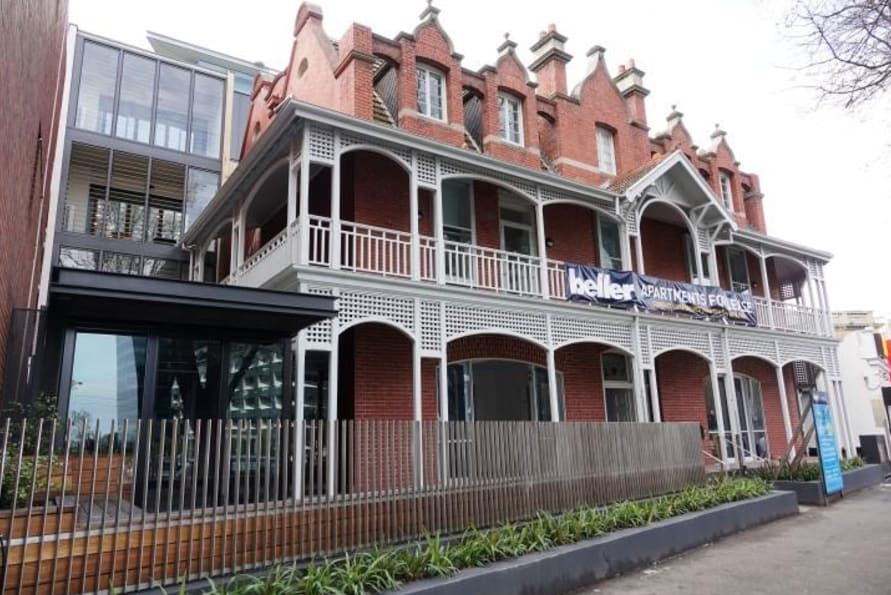The hot topic: Beller's Andrew Fawell on the intricacies of the Build-to-rent model
No doubt about it, the emerging build-to-rent model has the property media in a tizz at the moment. What may in part become a solution to the housing and rental affordability dilemma has garnered immense media attention of late.
The Australian Financial Review has referred to it as a game changer, a key for Australian housing affordability and a boon for property industry big investors.
Whilst the new model of project delivery holds great appeal, a spanner in the works may have emerged with The Australian last week noting that "tough new rules on Australia’s nascent build-to-rent sector proposed by the federal government could restrict investment in the area and crimp the asset class that has the potential to relieve pressure on the housing sector."
Below is a succinct overview of the Build to Rent model as per the Informa Australia website, with the forthcoming Build-to-Rent Forum to be held in Sydney on 30 October 2017.
Build-to-rent explained
- Build-to-rent (also known as Multi-Family Occupancy) is a new housing model that could be the solution for the affordability crisis in Australia’s metropolitan areas.
- Build-to-rent allows companies that construct residential housing (usually apartment blocks) to retain ownership of them, once built.
- Build-to-rent looks to change this attitude, by allowing the developer/construction company to retain ownership of their building and become the landlord.
- The developer or construction company will offer 5-10 year leases to young families.
- Lengthy nature of leases on offer allows for lower rental prices.
- It is believed to be a win/win for developers and renters and would offer a viable option for those looking to live in the expensive Sydney and Melbourne regions.
- There is an opportunity for build-to-rent/multi-family occupancy to be considered an asset class and therefore affect the Australian economy even more directly and involved both state and commonwealth governments.
Andrew Fawell at the coal face
At the forefront of discussions on the model is Andrew Fawell, Group Director at Beller Property Group. Urban.com.au recently chatted with Andrew on all things build-to-rent.
Build-to-rent is not necessarily new to Melbourne. Mid-sized property player B Central Development Group is across the model, last year completing 405 St Kilda Road which is 100% retained by the developer, whilst Ciel on Centre Road Bentleigh will also contain a build-to-rent aspect with 20% retained by B Central Development Group as long-term rental stock.
In addition to managing the above projects, Andrew Fawell also notes that Armadale will also host a similar build-to-rent development located at 737-739 High Street.
Why the model has stirred interest is the emerging scaleability and subsequent viability for the larger players within the property industry. Salta has garnered much attention for their mixed-use Docklands tower which includes a build-to-rent component, with players such as Mirvac, Cbus Property and Lendlease all weighing into the discussion prior to advancing any projects.
What shape and scale the build-to-rent sector takes heavily relies upon the role of Government. Andrew Fawell suggests incentives from a Government level are required to bring on the build-to-rent sector, contrary to the reported planned measures taken by Treasurer Scott Morrison to restrict for global investment in the sector.
Also on Andrew Fawell's mind is the role of Australia's banks, suggesting that as long as banks comprehensively control the financial strings, there will be no immediate and easy solution to Australia's affordability issue. Thus how to commercialise the build-to-rent model to a point where it reaches critical mass and affords players the adequate degree of return for their investment is the pressing question.
Hence the increasing number of property industry-focused seminars and forums to devise a cohesive approach to what looms as a new paradigm for affordable housing.
Above all Andrew Fawell stresses the need for certainty in policies and structures formulated to aid the emergence of the build-to-rent sector.
